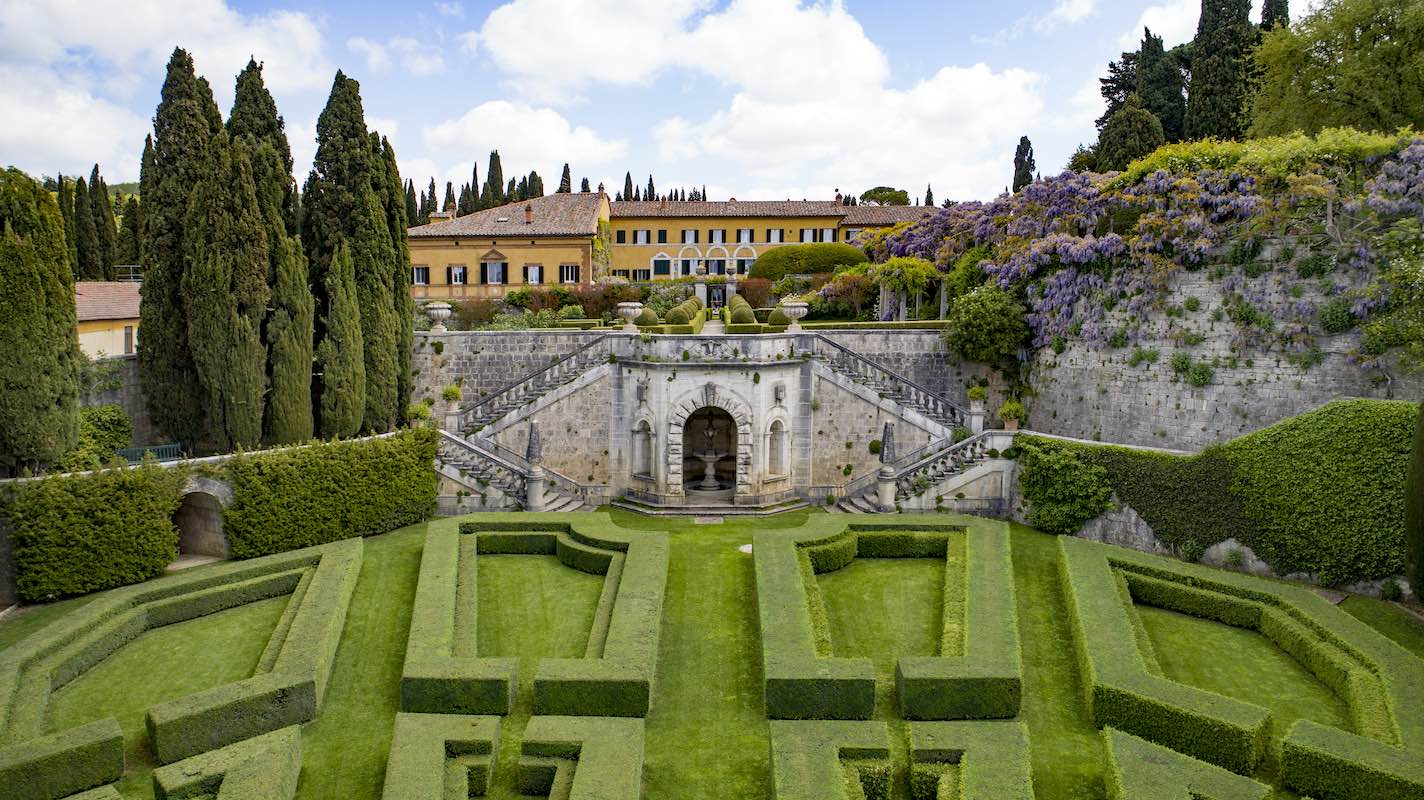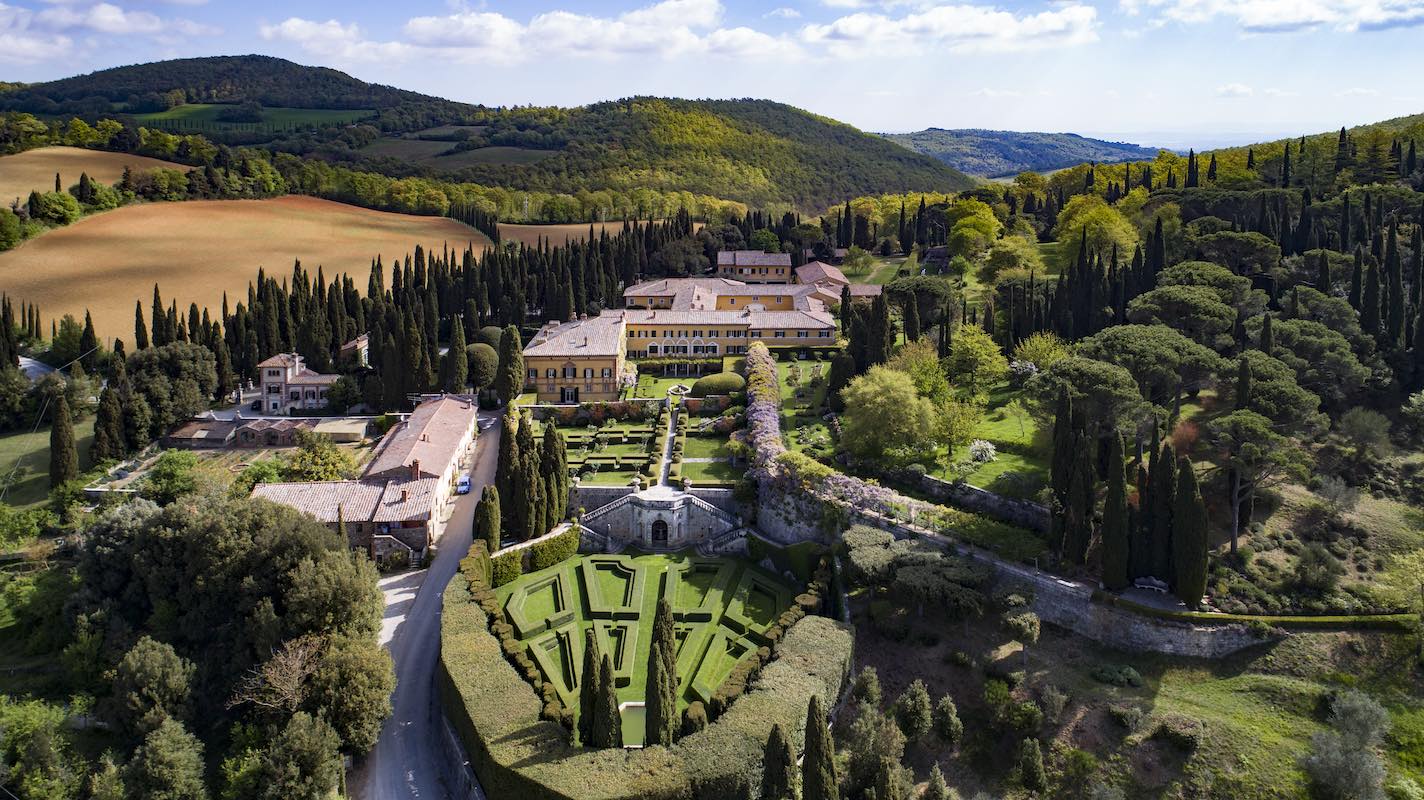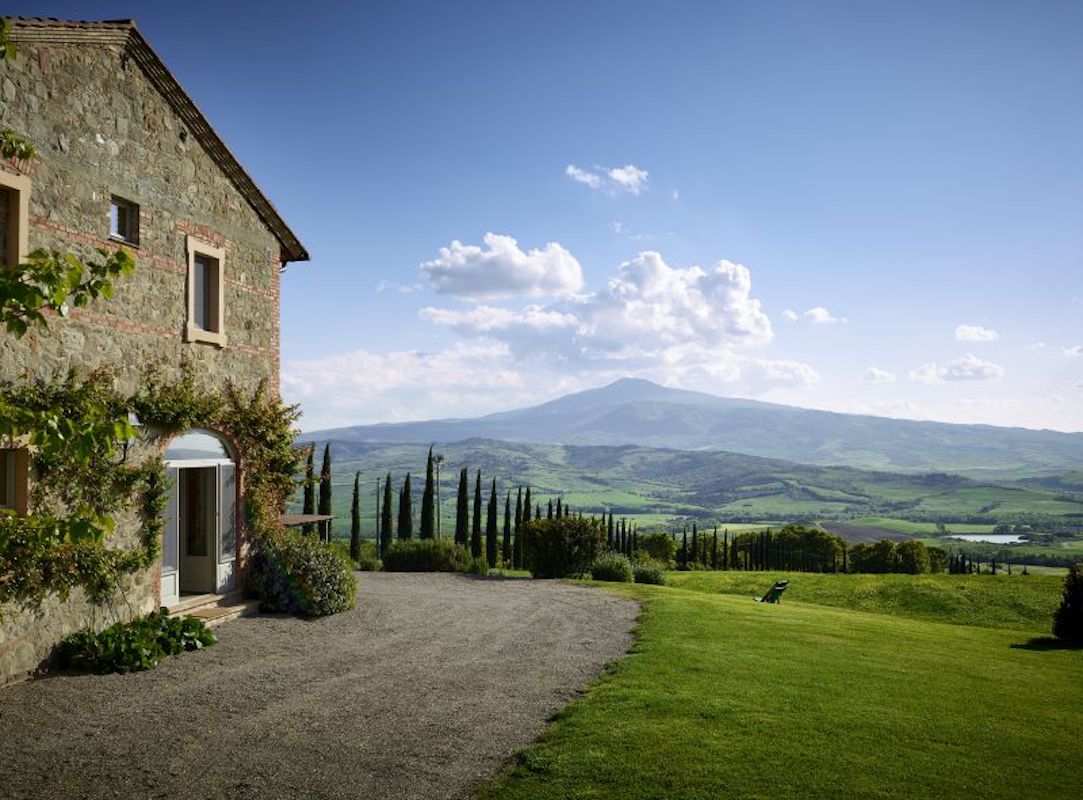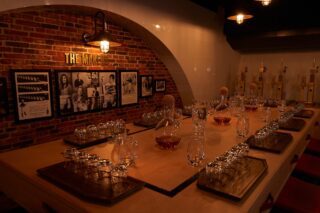This website uses cookies so that we can provide you with the best user experience possible. Cookie information is stored in your browser and performs functions such as recognising you when you return to our website and helping our team to understand which sections of the website you find most interesting and useful.
The route to heaven: a weekend spent in southern Tuscany
By Rebecca Hopkins | 13 October 2020 | Travel
A rustic retreat to the mountainous Tuscan countryside

Having lived in Tuscany until the age of seven and visited frequently ever since, I am lucky to be familiar with the region. Even so, the natural beauty and bounty of the land was still a surprise and delight as I left the airport for a two-day excursion to the Val d'Orcia: a UNESCO world heritage region spread across the undulating lunar crete senesi(clay hills) of Southern Tuscany midway between Florence and Rome.
The majestic pines that line the winding roads (as I learned on this trip, they were historically believed to mark the route to heaven), pink-gold sunsets that melt into vineyard-lined hills, medieval fortresses which mark many a mountain-top, and the glorious cities of Siena, Florence and Pisa, replete with the treasured artworks of Da Vinci, Michelangelo, Botticelli, and Caravaggio – are just some of the lures to this unparalleled corner of the world (not to mention the Chianti Classico).
Our base here was the magnificent La Foce, a stunning property with world-famous grounds perched in the hills overlooking the now-extinct volcano, Monte Amiata. Originally built in the late 15th century as a hostel for pilgrims en route to Rome, the villa and land was bought by Antonio Origo and his Anglo-American wife Iris in 1924. Both aristocratic heirs, Iris and Antonio dedicated their lives to giving back to those less fortunate than themselves and set out to transform the arid landscape into a working, self-sustaining enterprise, rebuilding the houses and starting a school for the children who lived on the property.
Still owned by the Origo family, the historic property is now divided into an exclusive collection of beautifully presented properties available to rent, with accommodation options ranging from a couple looking for a weekend getaway through to larger private parties, including weddings, of up to 24 guests in Villa Origo itself. >>

Our stay was hosted at Palazzolo, La Foce's charming B&B just a stone’s throw away from the main Villa. Just seven rooms make up Palazzolo, each with an en-suite bathroom and panoramic views of the Val d'Orcia countryside. Originally a farm building rebuilt by Antonio Origo in the 1930s to house a large family with many animals and fruitful fields, the house is protected on the north side by the hills and woods. It is the perfect spot to enjoy the afternoon sun (including during the winter months), which we did for a number of hours by the serene pool which faces the Amiata mountain, with a stunning, open view of the valley below and surrounded by plum, cypress, and mulberry trees.
Dinner that evening was enjoyed at La Foce’s restaurant, Dopolavoro, which was originally built in 1939 as a meeting place for the workers on the estate. Today, the restaurant serves traditional Tuscan dishes, flavored with the delicious La Foce extra-virgin olive oil and created with the best seasonal local produce. The restaurant boasts its own vegetable garden across the road, guaranteeing a genuine farm-to plate process. After enjoying a mouth-watering spread of thick, hand-rolled picci with traditional Tuscan ragú, Florentine steak, vegetables from the garden and excellent local wine, we walked back to our room along the moonlit, tree-lined path and collapsed into our enormous bed for one of the best night’s sleep we have ever had.
After a delightful breakfast of fresh pastries, fruit, and coffee enjoyed poolside, we were lucky enough to be invited on a tour of La Foce’s spectacular gardens, conceived by British architect Cecil Pinsent to enhance the Renaissance house and expand the unparalleled view over the valley of the Orcia and the Amiata mountain. Meandering first around the formal Italian garden which surrounds the property, divided into geometrical 'rooms' by box hedges with lemon trees in terracotta pots, we then weaved our way down Travertine stairs leading to the rose garden and a winding wisteria-covered pergola bordered by lavender hedge.
Following our garden tour it was time to check out: a moment of real sadness, improved only by the promise of a return, sooner rather than later I hope, and a beautifully rendered map of the grounds which now hangs in our bathroom as a welcome reminder of twenty-four hours blissfully spent in this very special corner of the world.








